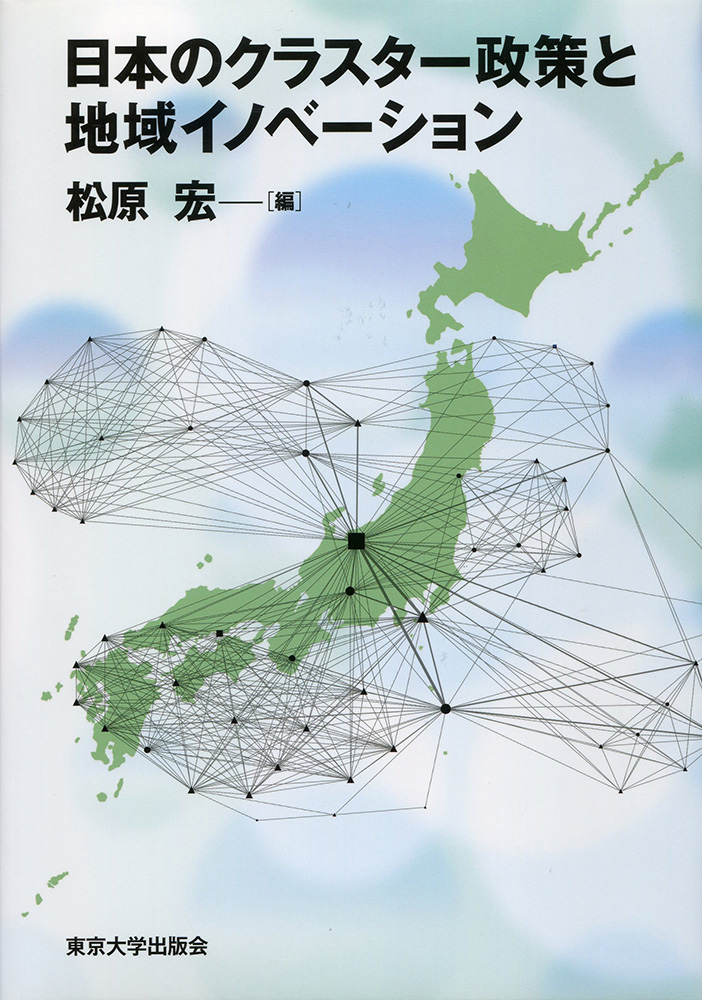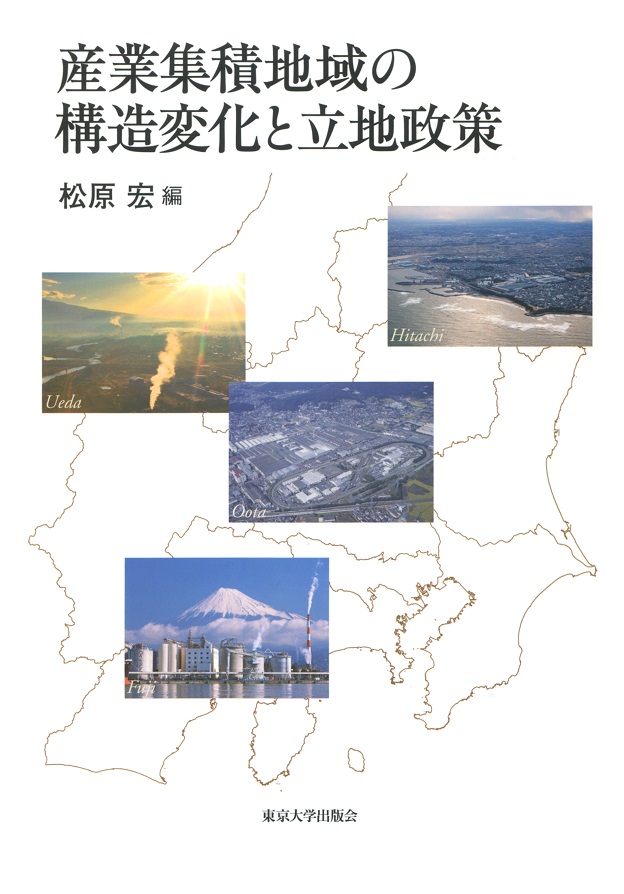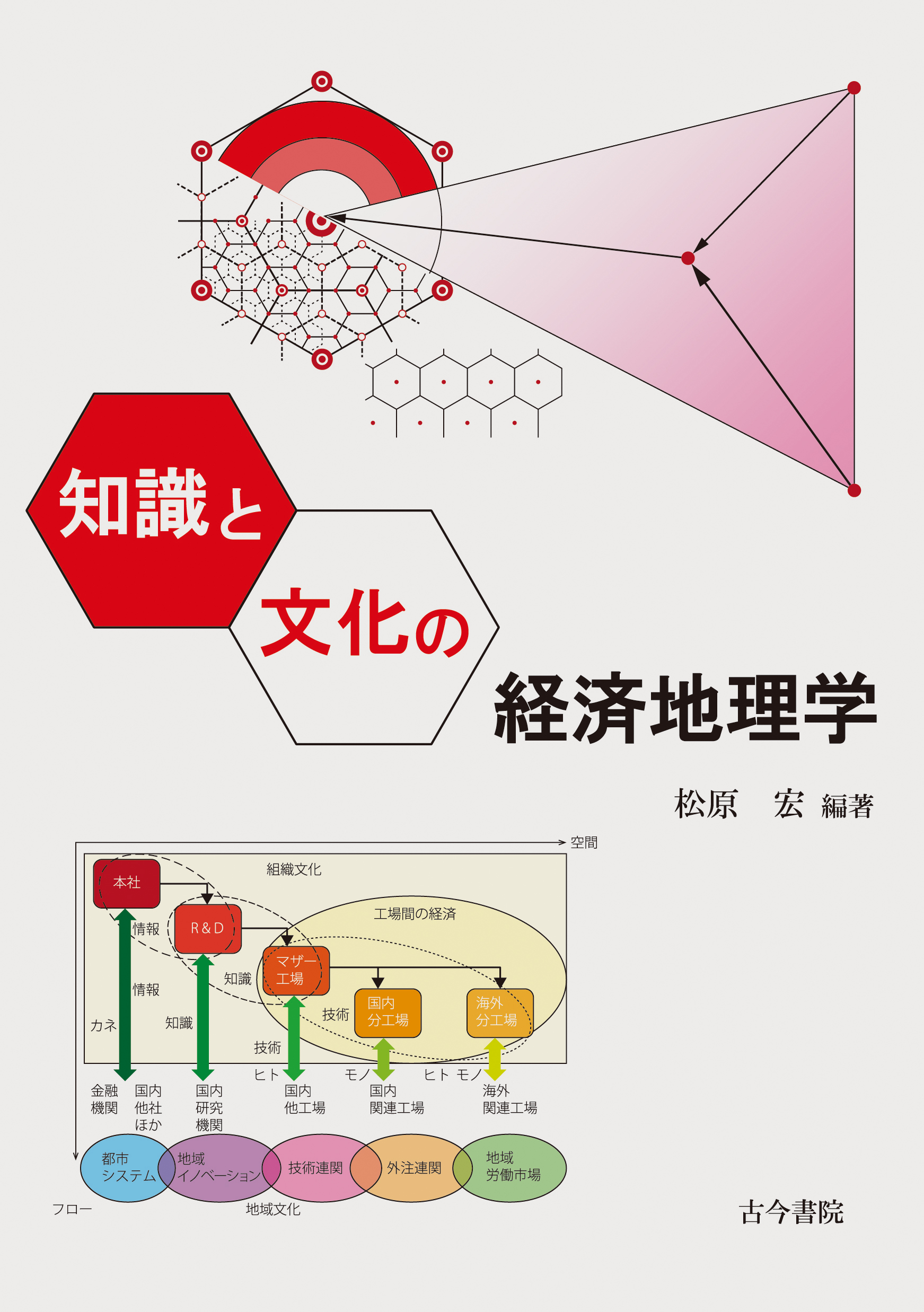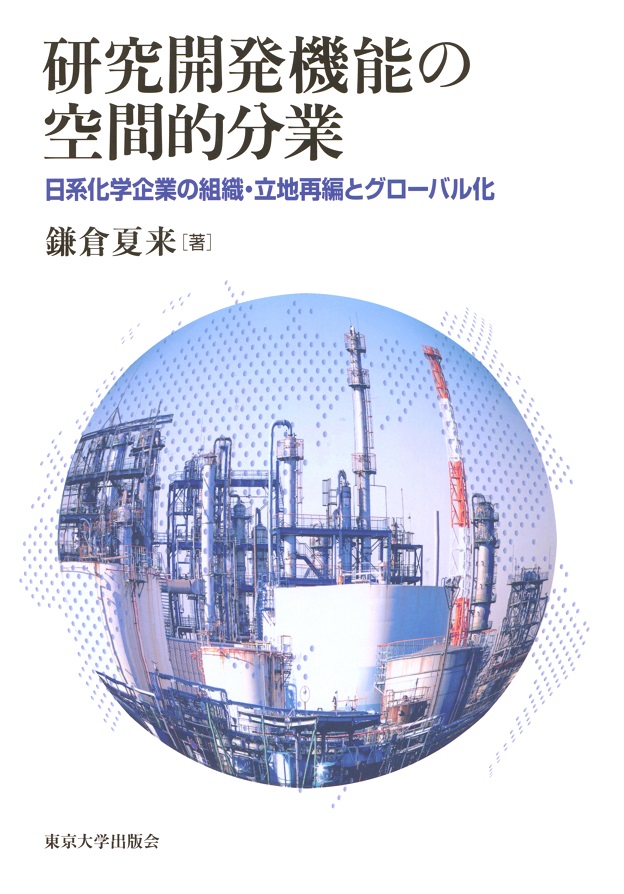
Title
Nihon no Cluster Seisaku to Chiiki Innovation (Japanese Cluster Policies and Regional Innovation)
Size
322 pages, A5 format
Language
Japanese
Released
March 27, 2013
ISBN
978-4-13-046109-2
Published by
University of Tokyo Press
Book Info
See Book Availability at Library
Japanese Page
Japanese industrial location policies and regional policies have changed dramatically upon entering the 21st century. Instead of regional equalization and decentralization, the policies now emphasize increasing regional competitiveness and innovation. The Industrial Cluster Plan (Ministry of Economy, Trade and Industry) adopted in 2001 and the Intellectual Cluster Creation Project (Ministry of Education, Culture, Sports, Science and Technology) launched in 2002 serve as examples of concrete implementation of such policies and have brought about the advancement of numerous projects throughout Japan. However, the Jigyo Shiwake [sorting out of programs] of 2009 resulted in elimination of the Intellectual Cluster Creation Project and cessation of funding for the Industrial Cluster Plan.
Meanwhile, widening our focus to the entire world, the number of countries and regions in which cluster development and promotion of regional innovation are positioned as important policy goals continues to grow. At the same that we are learning of cutting-edge efforts around the world from the OECD and similar entities, we cannot help but ask one question: Is it okay for Japan to abandon such policies? This and other questions are the primary motivation for publication of this book.
Naturally, it is possible to see the confusion in Japanese policy as being temporary and to view the overall direction of emphasizing industrial clustering and regional innovation in the mid- and long-term as not having changed. If that is indeed the case, keeping a detailed and multifaceted record of the state of Japanese cluster policy and regional innovation in the first decade of the 21st century seems also important in terms of envisioning future policy. Moreover, in Europe and the United States, clustering and regional innovation is seen as one of the most important research areas. Accordingly, this book focuses on foreign research and international comparisons while paying attention to research on industrial clustering in Japan and utilizing new methods such as social networking analysis.
In the first half of the book introduces efforts to visualize relationships among industry, academia, and government using social networking analysis based on massive data bases related to knowledge flow. In contrast to this quantitative analysis, the second half of the book compiles the findings of field research related to regional innovation. It describes numerous examples of regional innovation that vary depending on regional factors such as regional history, culture, climate, and topography, relationships among industry, academia, and government and between business entities, organizational characteristics of universities, and relationships between local governments.
Thus, this book combines social networking analysis, GIS and policy document analysis, and on-site surveys in order to visualize and analyze the geographic flow of knowledge resulting from the linkage of industry, academia, and government, to identify regional differences and problems related to regional innovation, and to present future policy challenges. Few studies have rigorously examined industrial clustering and regional innovation, even though these are essential topics with respect to industrial location policy and science and technology policy. We hope that this book helps to fill this gap and serves as a useful resource when learning new perspectives and methods related to policy evaluation.
(Written by MATSUBARA Hiroshi, Professor, Graduate School of Arts and Sciences / 2018)



 Find a book
Find a book









